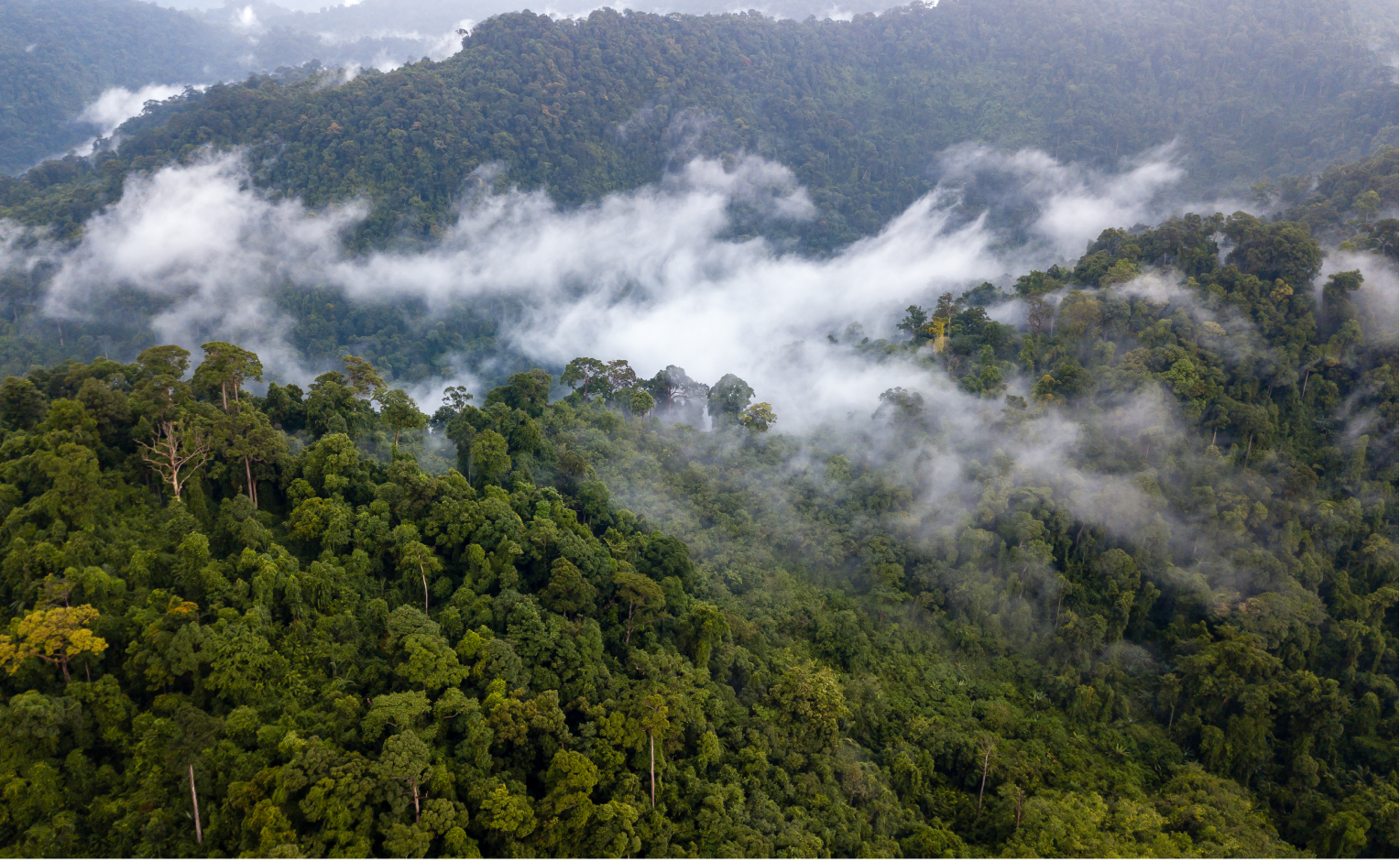Natural climate solutions are the protection of natural environments to allow carbon to be stored in growing biomass. Carbon is an essential building block for all organic life. As plants grow, they draw CO2 from the atmosphere and hold it in living material. In complex ecosystems, such as tropical forests, huge amounts of carbon are stored. Carbon is present in all the biomass in a forest – living, decomposing and dead trees; bushes, grasses and other vegetation; below-ground root systems; and as particles within the soil.
Massive industrial decarbonisation and a rapid transition to clean energy are needed to halt dangerous climate change. But to limit global warming in 2100 to below 1.5C above pre-industrial levels, large-scale use of negative emissions are needed.
As the technology develops and becomes commercially viable, carbon capture and storage (CCS) is expected to contribute to negative emissions, but nature’s ability to sequester and store carbon, which is both proven and readily available, must also play a vital part of the process.

‘To restore stability to our planet, therefore, we must restore its biodiversity, the very thing we have removed. It is the only way out of this crisis that we ourselves have created. We must rewild the world!’
– David Attenborough
Forest Project Credibility
Forest carbon projects are conservation initiatives in areas where existing forests are at risk of land-use change or reduced carbon storage. The projects focus on conserving forests before they are degraded or deforested, resulting in the avoidance of a business-as-usual scenario that would have produced higher emissions. Emissions reductions occur primarily through avoided emissions.
To be a valid and credible forest carbon project that meets the rules and requirements set out in third-party standards, a forest carbon project must be able to demonstrate a set of core principles, including:
Additionality: that without the project activity, significant volumes of carbon dioxide will have been released
Permanence: that the avoided release of carbon dioxide is permanent ie the carbon offset is permanent
Avoided leakage: that the activities of the project did not result in merely displacing the release of carbon dioxide outside the project boundaries

The Bornean Orangutan (Pongo pygmaeus) is found in forest areas across the island of Borneo. Along with its Sumatran cousin, the Bornean Orangutan is classified critically endangered on the IUCN Red List of Threatened Species. The Katingan Mentaya Project is believed to be home to 5-10% of the remaining population.
Verified Emissions Reductions
The scale of investment required to enable Natural Climate Solutions to achieve the global impact that is needed, it is crucial the private sector is a driving force.
The 2015 Paris Climate Agreement showed that meeting this challenge head-on requires all countries to work together. And more than that, it requires all sections of society, especially the private sector, to play their part.
Through the generation of Verified Emissions Reduction, Permian Global works with corporations that want to include forest carbon offsets as part of their own comprehensive decarbonisation strategy.